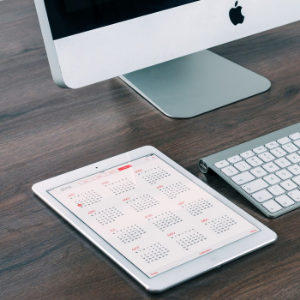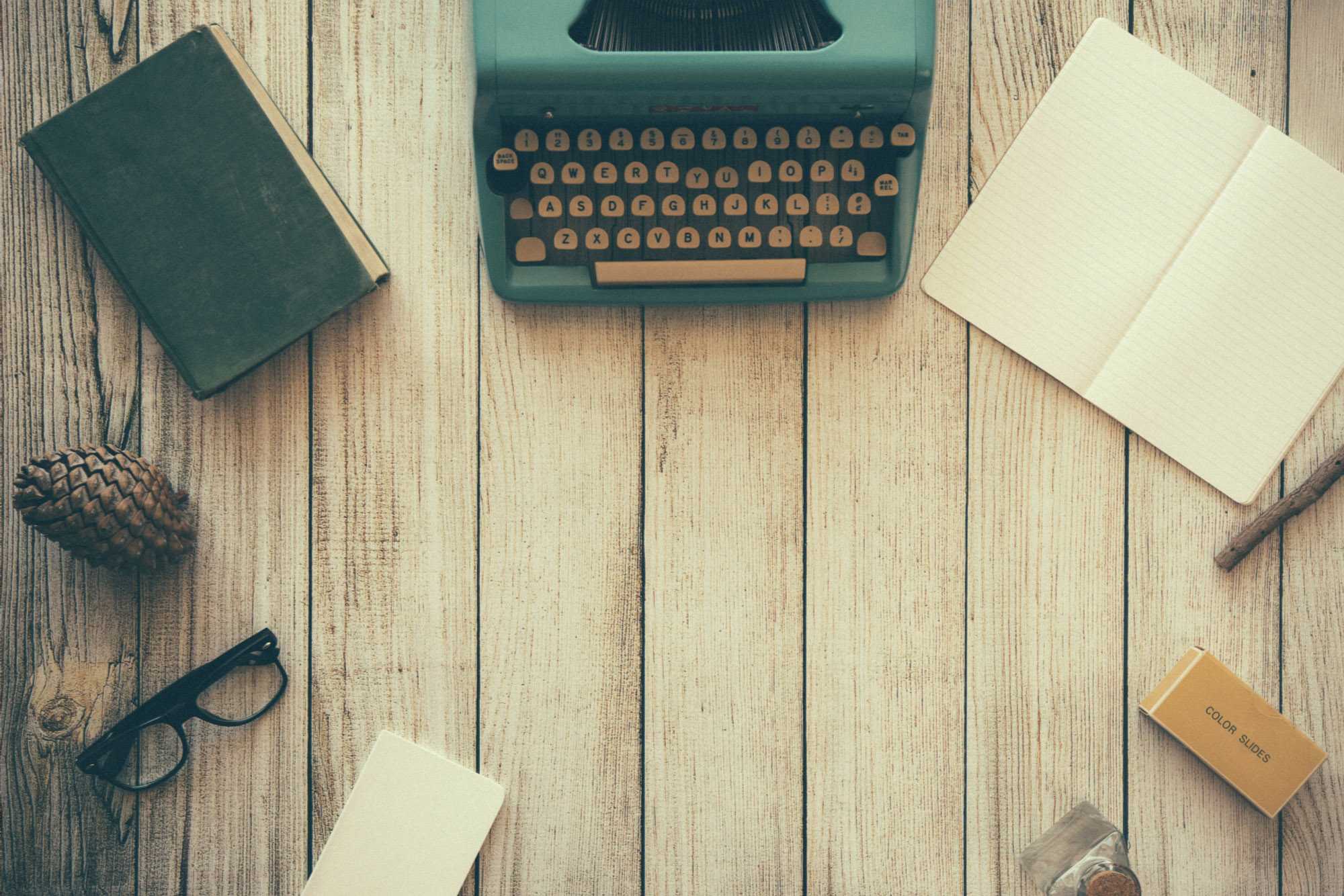
Add BellaHood to your contacts.
Premium feature, preview only
Add BellaHood to your contacts.
Premium feature, preview only



The presser feet are not just accessories. They can make or break your project if you are not careful. Take time finding the most suitable foot for the task you are having at hand and switch to that foot. A tool that is designed for a specific job is always better than a one-size-fits-all foot.
Here I will talk about the most common feet a sewist may need to sew a wide range of projects. However, bear in mind that each sewing machine may have a specific type that is compatible with it so it is best to look for that information on the manufacturer’s website
The Feet That Often Come Standard With A Sewing Machine
Universal Or Zigzag Stitch
This universal foot is used for straight and zigzag stitches. It may even come with some decorative stitches.
This is the most common-used foot for the majority of sewists out there. Any best first sewing machine will have it by default. If you are having a hard time finding an entry-level model to get started, see here: https://www.dailymotion.com/bestsewingmachineforbeginners
for more information.
Zipper Foot
Sewing the zipper on your project can be challenging for first timers as it is hard to get close to the zipper coil with a regular foot. The zipper foot is made to solve this exact problem. With it, you can achieve the clean and neat look of a zipper sewn by a professional.

A zipper foot
Buttonhole Foot
These feet have different style and size but basically, they help you make neat and uniform buttonholes with less time. Some feet even have memory so that you do not have to set the width or length again in other projects.
Blind Hem Foot
This foot is the holy grail of garment-making sewists. It allows you to make blind hems in a fraction of the time you would otherwise spend with a regular foot.
Overlock Foot
You may guess what an overlock foot does from its name. To some extent, with this foot, your sewing machine will have some of a serger’s functions. It will help you seam the edge of the project in the way a serger would do.
If you need this function but cannot afford a serger, this foot can be a good alternative.
Specialty Feet That You May Need To Buy Separately
Not all manufacturers offer the same specialty feet so make sure that you have checked what kind of feet can be used on your sewing machine. This is not the most comprehensive list but it gives you a brief idea of what these feet do so that you are aware of your options:
Pintuck Foot
This foot is handy for those who work with heirloom projects often. It helps to decorate undergarments and baby garments quickly and accurately.
Depend on the size of tucks you want to create on your project, choose among the 3, 5, 7, and 9 variety. Please note that this foot works with double needles.
This foot may come in by default with a few sewing machines. I have a list of them in this article on Reviews Of Best Entry Level Sewing Machine, Top Sewing Machines For Beginners To Buy. There are many great tips for you!
Edgestitch Foot
This foot works in a similar way with a blind hem foot. With it is on your machine, you will not have to worry about making straight topstitching anymore. This is one of my all-time favorite foot, raking just behind the walking foot.
Open Toe Embroidery Foot
This foot is handy when you machine embroider. When you do this task, you need to see the lines to guide the fabric. This foot has an open space so that you can see where the needle is heading to.
Jeans Foot
This foot is designed for sewing heavy-weight fabrics. The seams it makes is neater and straighter than what you can have with a universal foot.
Straight Stitch Foot
If you have to work with thin and delicate fabrics often, this foot will make sure that the needle does not drag the fabric down with it, which is a total nightmare of any sewist.
I make shirts a lot so I find myself using this foot often.
Patchwork Foot
Many sewists call this the quarter-inch foot. A patchwork foot is handy for quilters and regular sewists alike. If you have to deal with small seams often, this foot is a must have.
Non-Stick Foot
If you have worked with leather before you will know that it can stick to the foot and make your seams puckered. This foot has a Teflon coating to prevent sticking.
Rolled Hem Foot
The rolled hem foot will help you roll the edge twice and at the same time, make a neat seam. This foot comes in a variety of sizes so choose on according to the weight of the fabric you need to sew. They can be compatible with delicate as well as heavy-weight ones.

A rolled hem foot
Fell Foot
This foot is for making flat felled seams. The width these feet can make vary depends on the manufacturer and sewists’ preference.
Ruffler Attachment Foot
This is not exactly a presser foot but more like an accessory. With this foot on, you can make pleats with uniform shape and size with less time and effort. If you make clothes for girls often, this is also a must-have.
Binder Foot
This foot often comes with a binder attachment to help you have the perfect bias binding on either quilting projects or clothes.
I know some machines come with a lot of feet when the owners but them. They are all handy for specific jobs but not many sewists ever bother trying them on or at least look up their use. If you are one of those, this might be a good time to take a look at them. Experiment with them a little bit. You may find the solution to a problem you are having.
With the right feet by your side, you can expect to apply difficult techniques on your project with just a best starter sewing machine. For more information on this type of machines, please see here: https://www.youtube.com/watch?v=21_gr1YZBGk. Check it out.